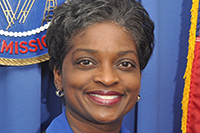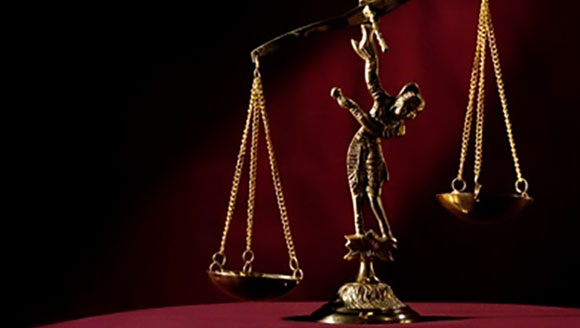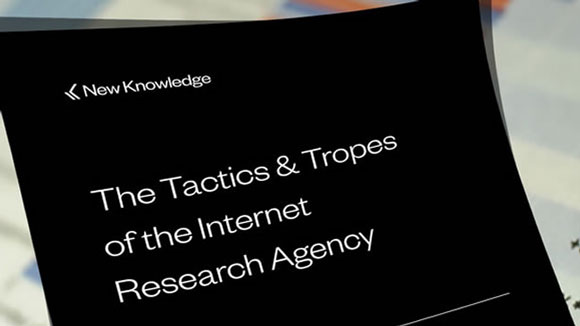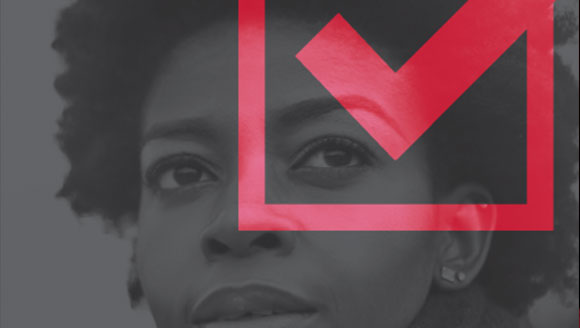Digital Equality: Connecting Communities of Color
 Commissioner Mignon Clyburn
Commissioner Mignon Clyburn
Federal Communications Commission (2009-2018)
Twitter: @MClyburnFCC
While we are living in a fast-paced, digitally-connected, technologically-innovative era, America is on the verge of becoming a more divided nation. Our society is characterized by echo chambers and connectivity cliques where communities of color are, once again, on the wrong side of the opportunities divide. There are, however, rays of hope; and with just a few, intentional steps, we can close many persistent divides with: (1) ubiquitous access to affordable broadband; (2) a free and open internet; and (3) diversity in media.
Access to Affordable Broadband
Broadband enables businesses and residents to transition from surviving to thriving by connecting them to schools, healthcare providers, government, and other critical services. Yet, a disproportionate number of communities of color are unable to get and stay connected. Around half of African-American households earning less than $30,000 per year have access to broadband at home, while 80% of Fortune 500 companies use online-only job applications, 94% of school districts serving low-income populations report that some of their teachers assign internet-based homework, and 45 states have online-only applications for at least one of the five main state-administered public assistance programs. The bottom line is this: Access to broadband is essential in the 21st century and it is even more critical for communities of color.
The FCC’s Lifeline program can help fill the gap. Modernized in 2016, this program relieves millions of Americans on tight budgets from having to choose between their next meal or a telephone connection. But this program is under attack. The current Administration has proposed rolling back the ability of broadband providers to now enter the program, telling more than 70% of consumers that they cannot use their preferred voice provider and severely capping the program even though the need is growing. Those who could benefit from internet connectivity the most will be denied a choice, and in some cases, denied service altogether.
Free and Open Internet
The internet is one of the most inclusive, enabling, and empowering platforms of our time; it is fertile ground for innovative ideas, diverse points of view, and new business models. Like the wide area telephone lines in the Civil Rights era, the internet has been utilized to shed light on stories of injustices and inequities. From Ferguson, Missouri to North Charleston, South Carolina, cell phones and social media have provided a platform and a voice that traditional media outlets consistently ignore, and it has leveled the playing field for African-American media pioneers. Flourishing podcasts such as Pod Save the People and web series like Awkward Black Girl (now the cultural phenomenon Insecure on HBO) are success stories because of the internet’s openness.
But the protections that enabled these successes will soon be gone. This past December, the FCC majority repealed the 2015 Open Internet Order. Otherwise known as Net Neutrality, this action means there will be no rules preventing broadband providers from charging exorbitant fees to emerging startups and web series to access their consumers online; no prohibitions against slowing down content, or blocking ads, and what is even more notable, there will soon be no expert agency or “cop on the beat” to protect you if you are harmed. The ability to report injustice and organize to protest against it could be threatened, limiting activism, stunting innovation, and leaving already vulnerable communities at grave risk.
Diversity in Media Ownership
Localism, viewpoint diversity and competition are bedrock principles of our national media policy and our democracy. Major mergers and acquisitions in the telecommunications and media industries, compounded by regulatory inaction, can create substantial barriers for market entry and discourage the growth of diverse voices.
Currently, racial and/or ethnic minorities hold most of the voting interests in approximately six percent of full-power commercial TV licenses and just over eight percent of commercial radio licenses. In 2016, I pushed for action to increase diversity and independent programming by eliminating barriers that inhibit their growth and limit diversity in the video marketplace. Alas, the FCC majority has refused to act. In fact, they are perpetuating the problem. Last year, they reinstituted a loophole known as the “UHF Discount” and by reinstating this provision, a single broadcaster can essentially now reach over 70% of U.S. television households—violating clear, longstanding Congressional limits.
Addressing the lack of media ownership and other opportunities in the telecommunications space will take a multi-pronged approach that includes pilot incubator programs, the reinstatement of a Tax Certificate Program and objective studies that acknowledge, not ignore, marketplace and regulatory disparities and barriers to entry. As an example, a properly instituted incubation program can lend financial, programming, or technical support to smaller entities and increase the number of diverse holdings. In fact, when the FCC had a Tax Certificate Program, minority ownership increased from 40 of 8,500 U.S. radio and television stations to 288 radio stations and 43 television stations by the time the program ended in 1995. Congressman Butterfield’s Expanding Broadcast Ownership Opportunities Act of 2017 is most needed, and any program or legislation that creates incentives and opportunities to increase diversity in media ownership are steps in the right direction.
Conclusion
Technology and telecommunications platforms are the greatest equalizers of our time – but that only holds true if everyone has access. Smart, targeted, and inclusive policies can narrow or even eliminate every single critical divide that exists in our nation today. By tearing down entrenched regulatory barriers and instituting innovative rules, policies and laws, we enable communities of color to realize their fullest potential. We can in fact overcome, and an excellent start is engaging in the fight for digital equality.


 Equality Index
Equality Index  Senate Report
Senate Report  2020 SOBA Essays
2020 SOBA Essays  2019 Report
2019 Report 